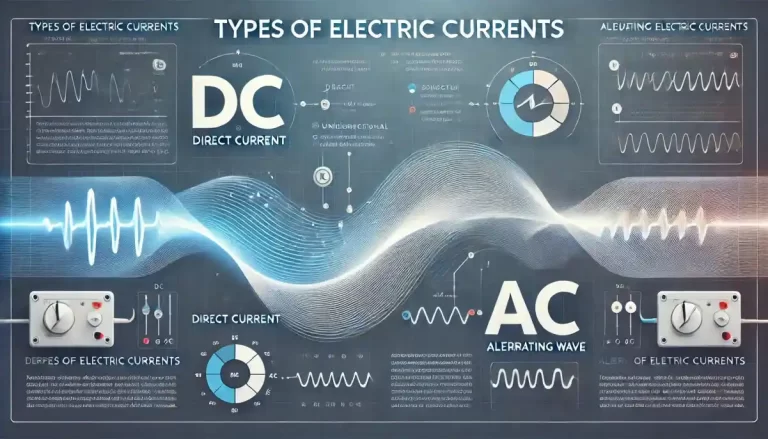
What are the types of electric currents? Explain with diagram
Basically there are 3 types of electric currents: Steady Current, Varying Current and alternating Current. Let us understand their concepts with complete graphical representation.

Basically there are 3 types of electric currents: Steady Current, Varying Current and alternating Current. Let us understand their concepts with complete graphical representation.
The linear applications of Opamp are discussed in this topic with neat circuit diagrams and mathematical derivations. These applications are: inverting amplifier, non-inverting amplifier, adder, subtractor, buffer, integrator and differentiator.
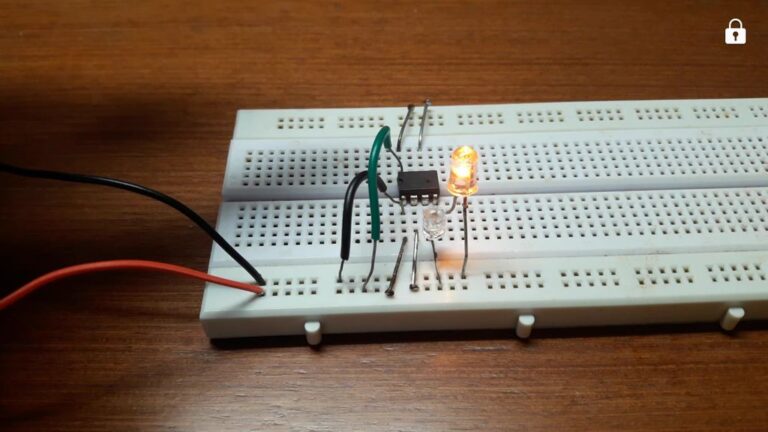
An opamp is defined as the high gain direct coupled amplifier, which consists of one or more differential amplifiers with other supporting circuits. The operational amplifier can perform mathematical operations like addition, subtraction, integration, differentiation and comparison.
The differential amplifier works good, on dual power supply only. However, if it is connected with single power supply, then it’s working becomes unstable. So its comparative points of its working for dual and single power supply are given below.
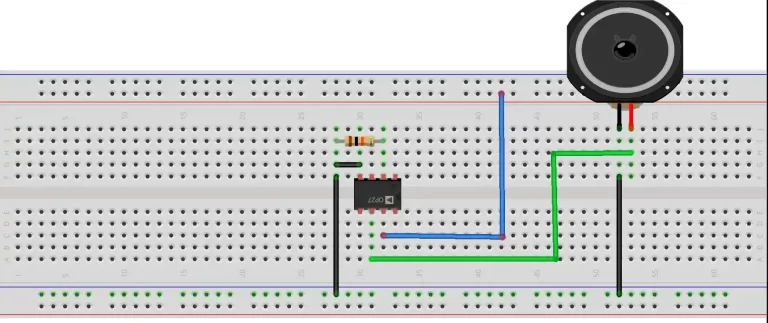
The Differential Amplifier is the super quality amplifier used in operational amplifiers. As its name implies, it amplifies the difference of two input signals i.e. V1 and V2 and gives the output. Hence it is called as differential amplifier.
An operational amplifier (Opamp) is a versatile device which can be used to amplify AC as well as DC signals. It is manufactured in the form of integrated circuit package. It can perform different mathematical operations like addition, subtraction, integration, taking the derivative, comparison, etc. Hence it is known as operational amplifier.
The Piezo Electric Crystal is used to measure pressure. Piezo is an Italian word meaning pressure. It is very accurate in measurement. A piezo crystal is a transducer which can convert pressure into electrical signal. It is an active transducer. It is found that Rochelle salt and Tourmaline substances.
The Linear Variable Differential Transformer is a passive transducer. It measures force in terms of displacement of ferromagnetic core of a transformer. It is based on the principle of magnetic induction.
Capacitive transducer is also known as pressure transducer. It is a passive transducer. It is used to measure external pressure and displacement also. It works on the principle of parallel plate capacitor.
The Light Dependent Resistor means an LDR. It is a passive transducer. It is also known as photoconductive cell because its conductivity changes due to change in light intensity.
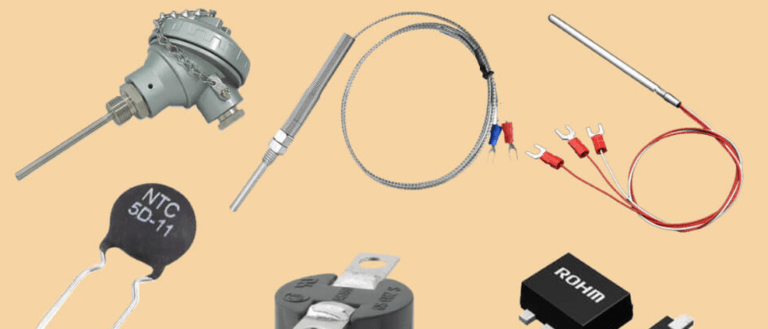
What is thermistor: It is a passive temperature transducer so battery must be used in its circuit. Thus a thermistor is a transducer which changes its resistance due to change in temperature.

Before discussing about what is transducer, first we shall see basic difference between sensor and a transducer. They both are used to sense a change within the environment they are surrounded by or an object they are attached to. However, a sensor will give an output in the same format and a transducer will convert the measurement into an electrical signal.
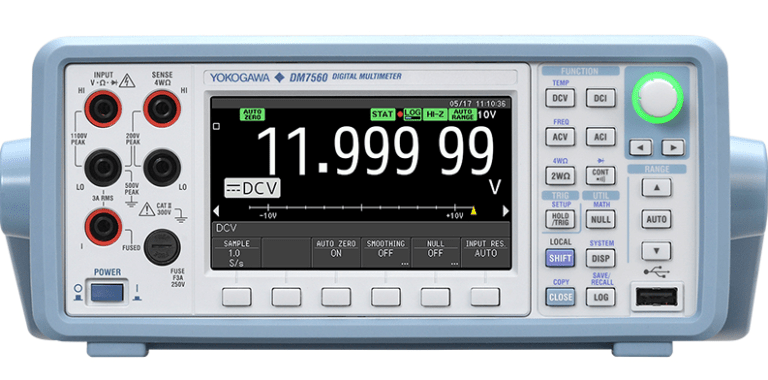
To understand how digital multimeter works, let us see the block diagram of DMM is given below. The working of each block to measure different types of electrical quantities is explained.

To measure the phase different between two waveforms, their frequencies must be same. Connect the two waveforms randomly at x-input and y-input of CRO. Keep time/div knob in x-y mode. Now a Lissajou’s pattern of an ellipse is obtained.

The CRO is a versatile laboratory instrument. It is used for all types of measurements like AC/DC voltage, AC/DC current, frequency and phase measurements. These methods are explained in details with practice exercise.

The working of block diagram of CRO is given here. The separate working of time base generator is also explained in details of intrinsic stand off ratio.
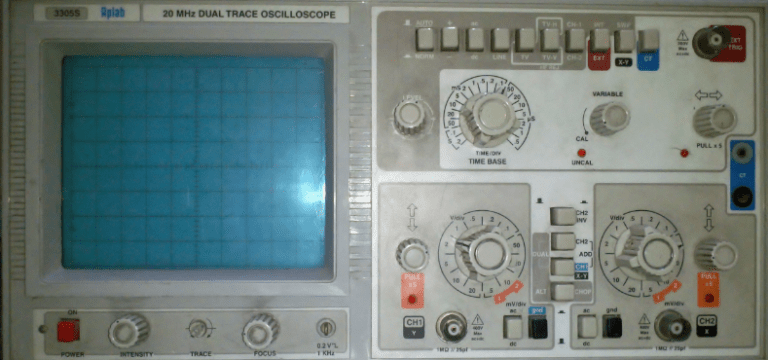
The instrument of CRO is fitted with number of controls on its front panel and the back panel along with the screen of CRT. These are different types of rotating knobs which are actually variable resistors to control voltages inside the CRO circuit.
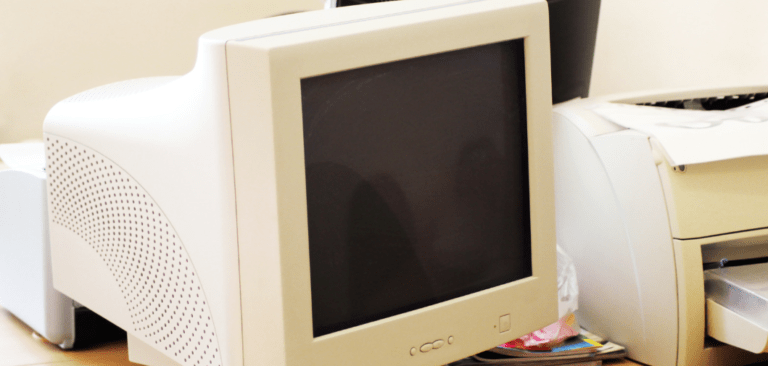
What is fluorescence, Phosphorescence & Persistence in terms of CRT? Complete article with correct definitions and details...

Let us see How deflection system in CRT work? Explain with diagram - The electron beam can be deflected using electric or magnetic field. As per the application of CRT, there are two types of deflection systems used in CRT – the electrostatic deflection system and the magnetic deflection system.
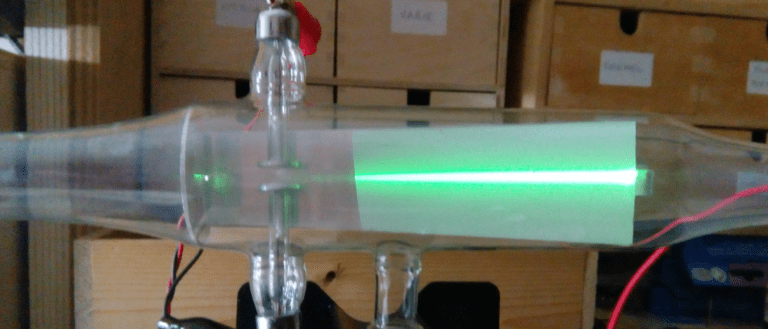
Let us see what is Cathode Ray Tube (CRT)? Explain with diagram CRT. The cathode ray tube is the most important part in CRO. It is made up of thick glass (with vacuum inside) and it is shaped like a funnel. There are number different electrodes inside the CRT.